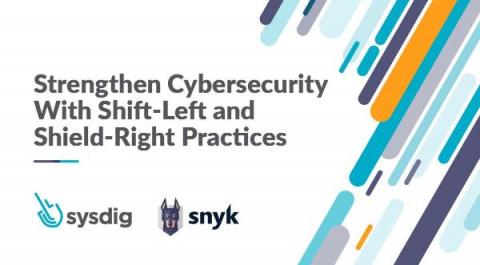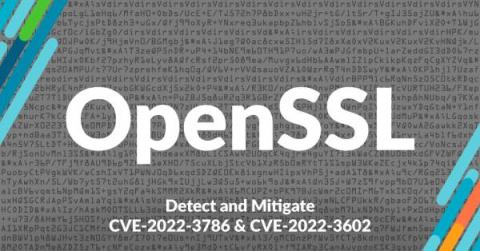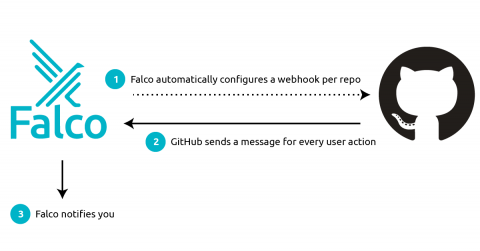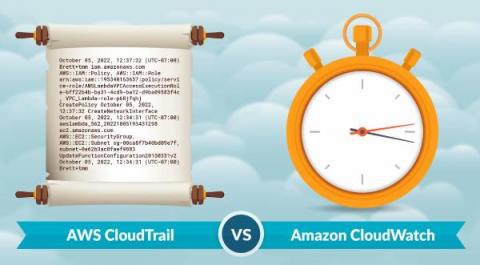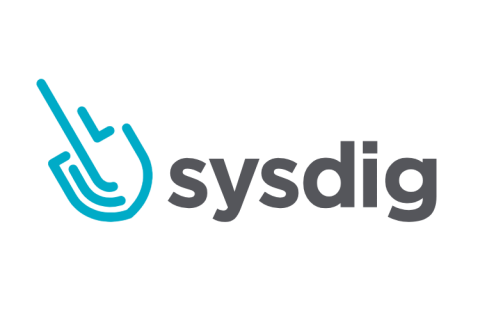How to secure Helm
Helm is being used broadly to deploy Kubernetes applications as it is an easy way to publish and consume them via a couple of commands, as well as integrate them in your GitOps pipeline. But is Helm secure enough? Can you trust it blindly? This post explains the benefits of using Helm, the pitfalls, and offers a few recommendations for how to secure it. Let’s get started!



